We are developers of
high-end industrial
electronics.
We will develop it
also for you.
We specialize in the development of
embedded hardware
and systems.
We have been developing embedded hardware and systems since 2000, when our company was founded as a subsidiary of the German company Kontron Elektronik GmbH. Between 2000 and 2021, we acted as a development center for our parent company as well as for other members of the Kontron group, especially in the USA, Canada and France. At the turn of 2021 / 2022 we became independent and today we are an independent purely Czech company. We continue to develop embedded hardware and systems. We continue to work closely with our former parent company as a "Certified Design Partner" and as an "Authorized Business Partner".
What we can offer to you
What specifically can we
help you with?
We can supply or design and develop industrial hardware or the entire system according to your specifications. Or we can supply any related service separately.
Overall, we offer a wide range of services in the development, modification, testing and production of embedded systems and hardware. This enables us to improve your product development process, reduce costs, speed time to market and achieve your business goals better and faster.
EMBEDDED HARDWARE DEVELOPMENT
EMBEDDED SYSTEMS DEVELOPMENT
More about the service EMBEDDED SYSTEMS DEVELOPMENTVERIFICATION SERVICES
Our
most important technologies
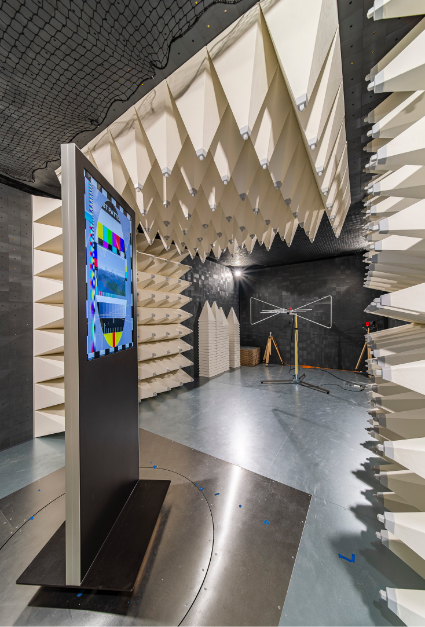
chamber
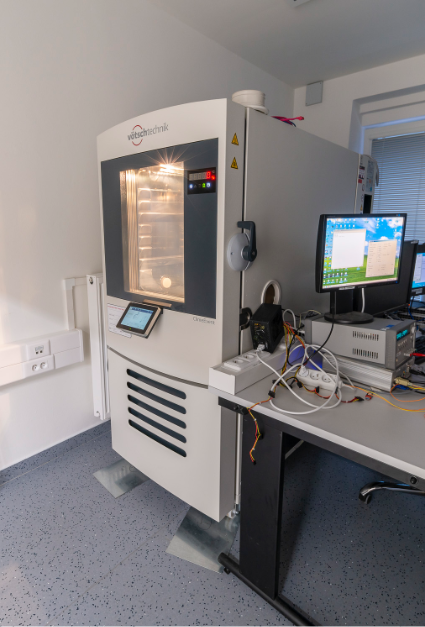
chambers
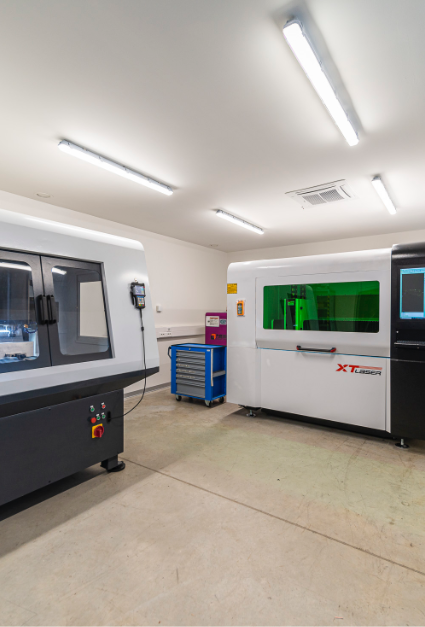
laser
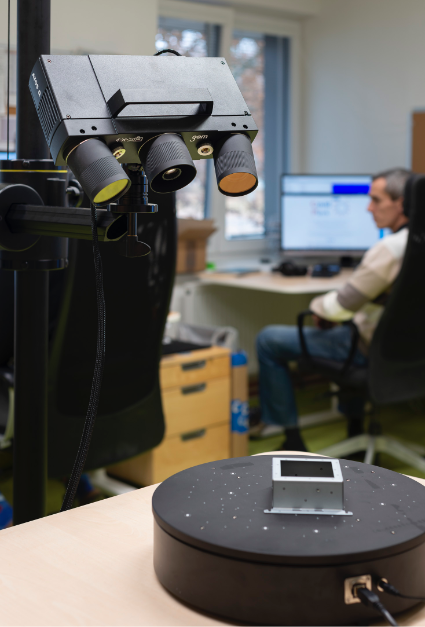
scanner
Our team

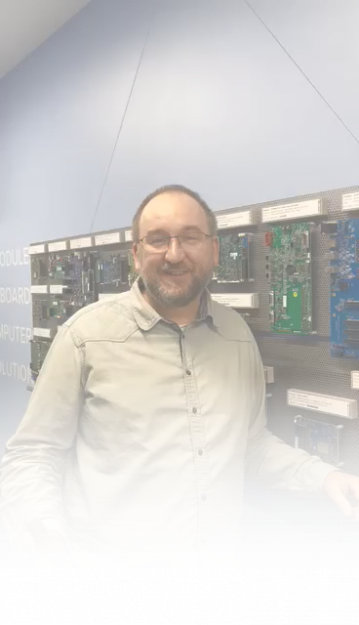

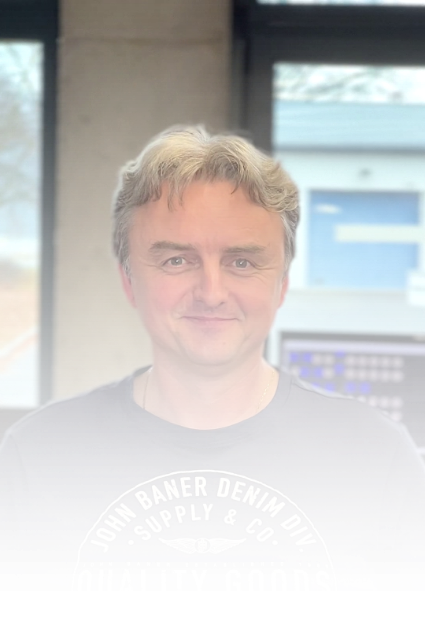
Hire us
We will help you
and your product to the world.
Teslova 1120/1
301 00 Plzeň
Czech Republic
VAT ID: CZ25241494
Bank connection CZK
account: 123-6158210267/0100
IBAN: CZ2601000001236158210267
BIC/SWIFT = KOMBCZPPXXX
Bank connection EUR
account: 123-6158220297/0100
IBAN: CZ4001000001236158220297
BIC/SWIFT = KOMBCZPPXXX
Teslova 1120/1
301 00 Plzeň
Czech Republic
VAT ID: CZ25241494
Bank connection CZK
account: 123-6158210267/0100
IBAN: CZ2601000001236158210267
BIC/SWIFT = KOMBCZPPXXX
Bank connection EUR
account: 123-6158220297/0100
IBAN: CZ4001000001236158220297
BIC/SWIFT = KOMBCZPPXXX
Více info zde

